Many people write, or at least used to write, fan letters to their film favourites. Usually all they received in acknowledgement was a 10 x 8 glossy with a mimeographed signature. A little persistence sometimes resulted in another, with a brief ‘personal’ message written by the ladies toiling in the fan-club HQs. Not so for the two authors of this riveting book.
The Mutti-Mewse twins, early on, became obsessed with all things Hollywood, firing off missives not just to the major stars but to every man Jill they saw or heard was connected to that once fabulous industry. They must have had a magic formula in their letters.
Replies flowed back hand over fist. Not just a signed portrait, elaborately photographed by Hurrell, Kesserle or Max Munn Autry in all the sender’s splendour, but effusive messages of the ‘come up and see me some time’ variety, and the authors — just them initially, but later with their wives and partners — scurried to these siren calls. And what makes their book so interesting is the fact that the twins were — are — clearly and touchingly fascinated by not so much the obvious huge movie icons, the Garbos and Grants and Dietrichs, but by the ones that had once been boffo until, to adapt Gloria Swanson in Sunset Boulevard, the pictures got bigger as they got smaller. And many of those are silent stars unable — usually due to unintelligible foreign accents or a too-shrill tenor — to make the transition to talkies.
The Mutti-Mewses disinterred quite a few of these true old-timers, many, surprisingly, not holed up in some dingy aged actors home, but living in Deco’d splendour in the Hollywood hills, or sprawling bungalows in the Palm Springs desert, and some even retaining the farms in New England, the year-round apartments at the Waldorf Towers, of their gilded heyday — evidently many of those ‘three-pictures and phfft’ players were nevertheless dab hands at real-estate.
Others certainly do live out their legend in a retirement home among their rivals and visitors, pulling, like Anita Page — once MGM’s greatest asset — a dazzlingly blonde wig and a canyon of carmine lipstick out of a Walmart carrier bag at the approach of either. And one can understand their vanity. While we have all heard of stars like Louise Brooks, or fiery Pola Negri, it’s sad to realise the loveliness of one Ethlyne Clair or the perfect features of a mere B-movie player, Hillary Brooke havebeen forgotten by all but themselves.
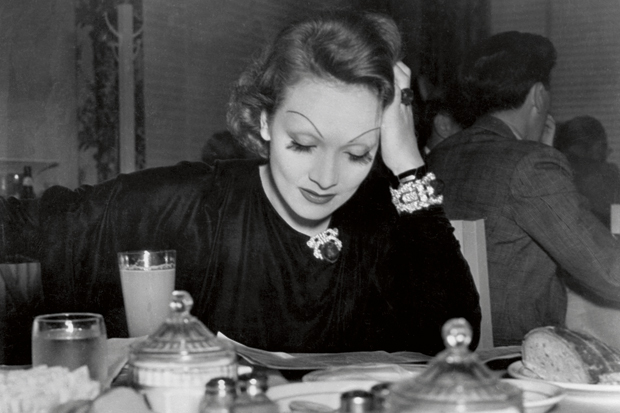
Many have wonderfully vivid pasts; Barbara Barondess, born in 1907 in Brooklyn, at six months was taken by her parents to their native Russia. With everything confiscated in the revolution, the family made it back to America, where Barbara was the only American citizen ever to be detained on Ellis Island. Winning a beauty pageant and a screen test, she made minor films until retiring to become an interior decorator, with the Reagans, Greta Garbo and Marilyn Monroe among her clients. A certain Rebel Randall was as popular a second world war pin-up as Grable or Hayworth, while Paramount’s Judith Allen would weep when recalling the demise of her Hollywood dream, having been ‘run out of town’ by Cecil B. DeMille, and beaten up by both her wrestler husband Gus ‘the Goat’ Sonnenberg and her boxer lover Jack Doyle.
Apart from the plethora of photographs of this uniquely American ‘society’, the authors transcribe, almost word for word, their meetings with their favourites. One, Joy Hodges, a Broadway and film musical lead, for whom the song ‘Have you met Miss Jones?’ was written, takes them to the Thunderbird Country Club in Palm Springs and a blissfully The Women-like lunch, where a vastly bloated (‘she eats too much Häagen-Dazs’ says Joy) Ginger Rogers (‘the gentlemen are asking about me, Joy dear’) is, still, ‘queen of the lot’.
Muriel Evans, the comedienne whose Norwegian accent entranced MGM bosses and made the rare cross-over from silent to sound, recalls how Clark Gable would take out his false teeth, revealing a mouth of brown stumps. ‘It gave him the bad breath that Vivien complained about whilst filming Gone with the Wind . . . a Hollywood big-man scared stiff of the dentist. Imagine!’ And Mildred Shay, once Hollywood’s ‘pocket Venus’ (‘My tits were better than Hedy Lamarr’s’) in a catfood-ridden, Wonderbra-littered, fading flat in Cundy Street, Pimlico, relives her affair with Howard (‘ever a meanie with his money’) Hughes, or describes Errol Flynn’s ‘giant Johnny Dingle Dangle’, and ‘Tarzan’ Weismuller ‘trying it on’, the while devouring jumbo packs of Rennies.
Of all these once-megastars, only Shay tells it like Hollywood probably was: ‘Everyone paints a pretty picture, but it was raunchy and full of sex.’ No matter. Austin and Howard convince us it was the field of dreams we like to pretend.
Got something to add? Join the discussion and comment below.
Get 10 issues for just $10
Subscribe to The Spectator Australia today for the next 10 magazine issues, plus full online access, for just $10.
Available from the Spectator Bookshop, £31, Tel: 08430 600033
You might disagree with half of it, but you’ll enjoy reading all of it. Try your first month for free, then just $2 a week for the remainder of your first year.

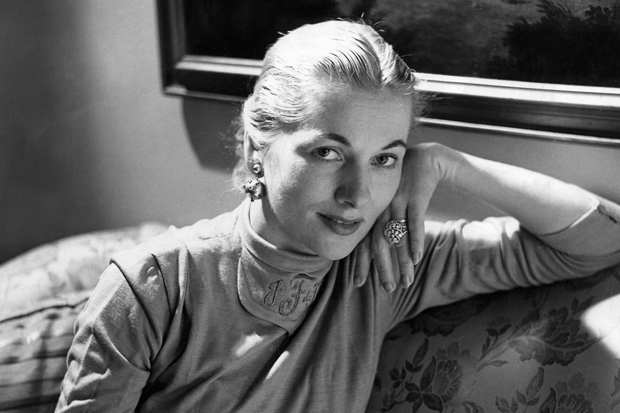
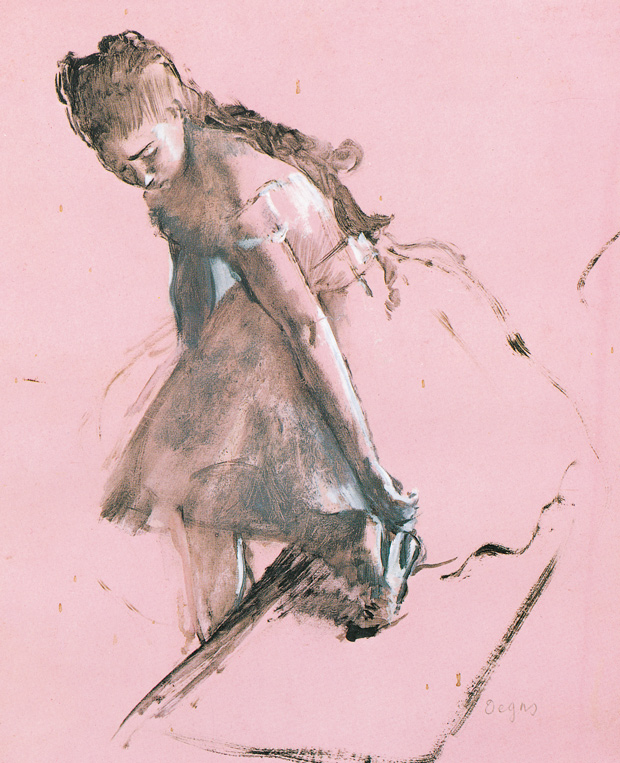
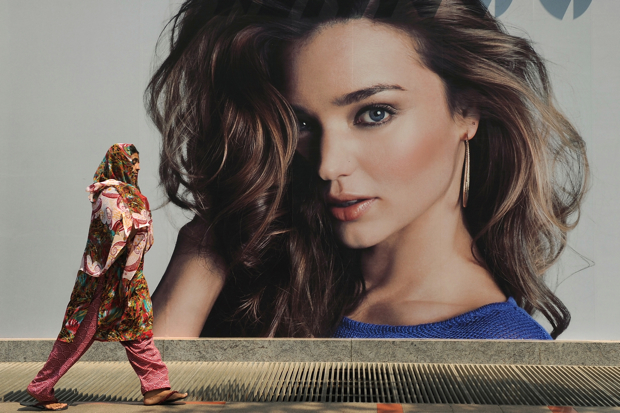
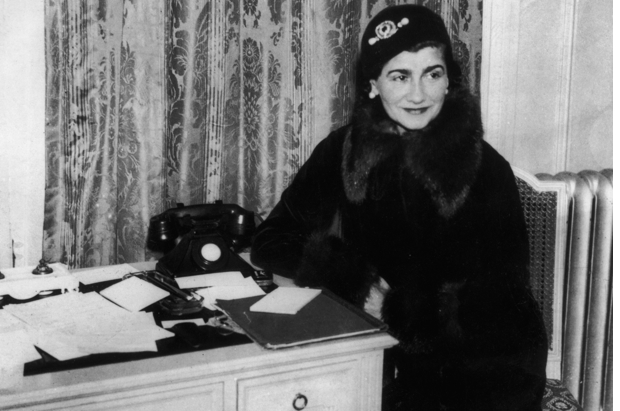
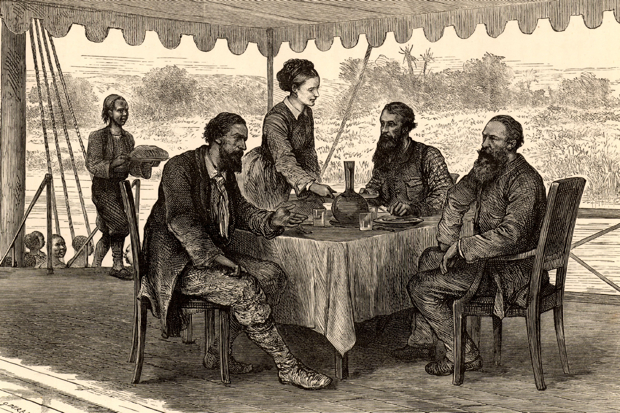








Comments
Don't miss out
Join the conversation with other Spectator Australia readers. Subscribe to leave a comment.
SUBSCRIBEAlready a subscriber? Log in